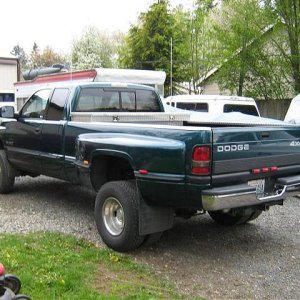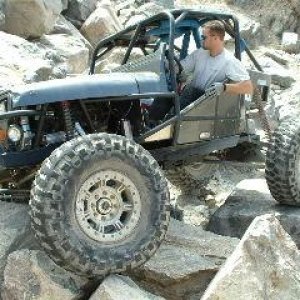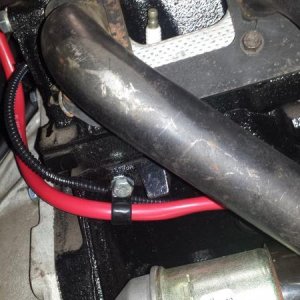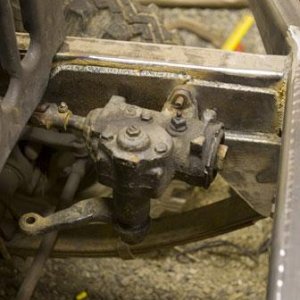patooyee
Well-Known Member
- Joined
- Sep 27, 2008
- Messages
- 5,692
LightBnDr said:The rear band is a smidge tight but I'd honestly run it that way. It's only held in reverse anyway and I like a quick engagement so I'd run it.
The kickdown band is a little more sensitive because it has to release in order to fully engage 3rd gear. So there is a slight overlap during the gear change while your direct clutches are applying and the band is releasing. I personally don't like the play that 2.5 turns gives me. I adjust it by feel which is about 1/4" of arm movement. When you do valve body upgrades it quickens that overlap time so I like my band a bit tighter.
Rock that thing man
Thank you so much for your help. So the lack of threaded rod on the reverse band doesn't concern you?



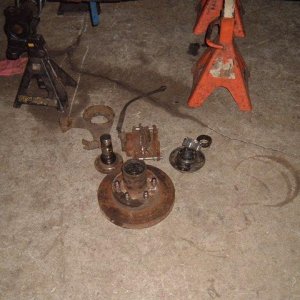
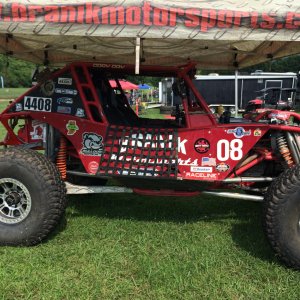
![PICT2106 [640x280].JPG](http://attachments.www.hardlinecrawlers.com/xfmg/thumbnail/19/19746-ed2ac739a3b8d3c5ecc059ca8130d69e.jpg?1652262126)
